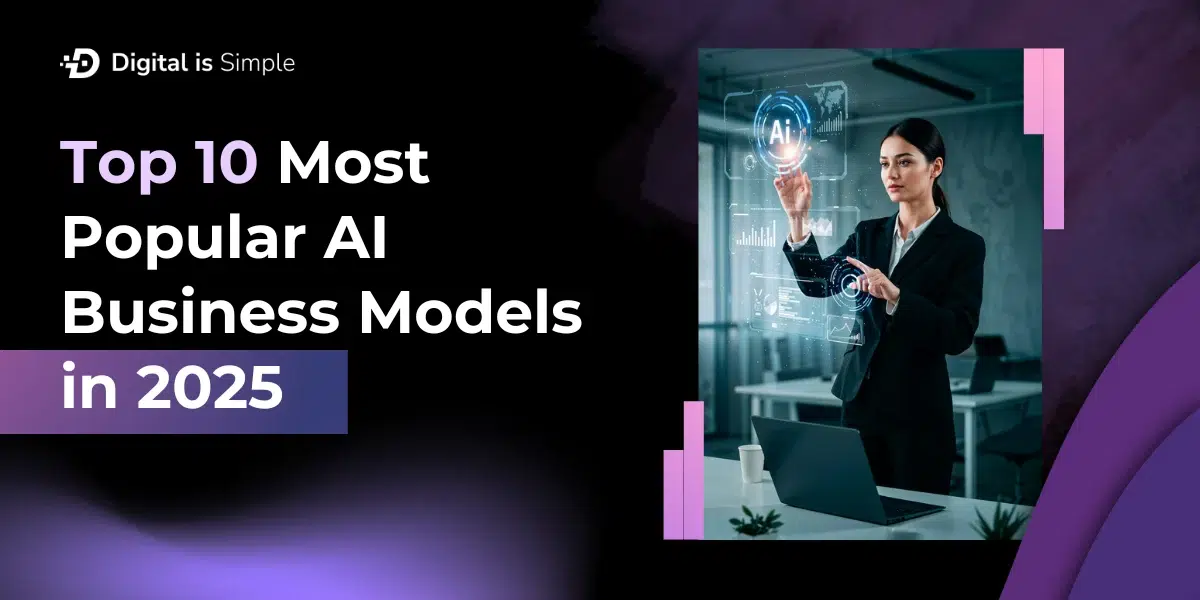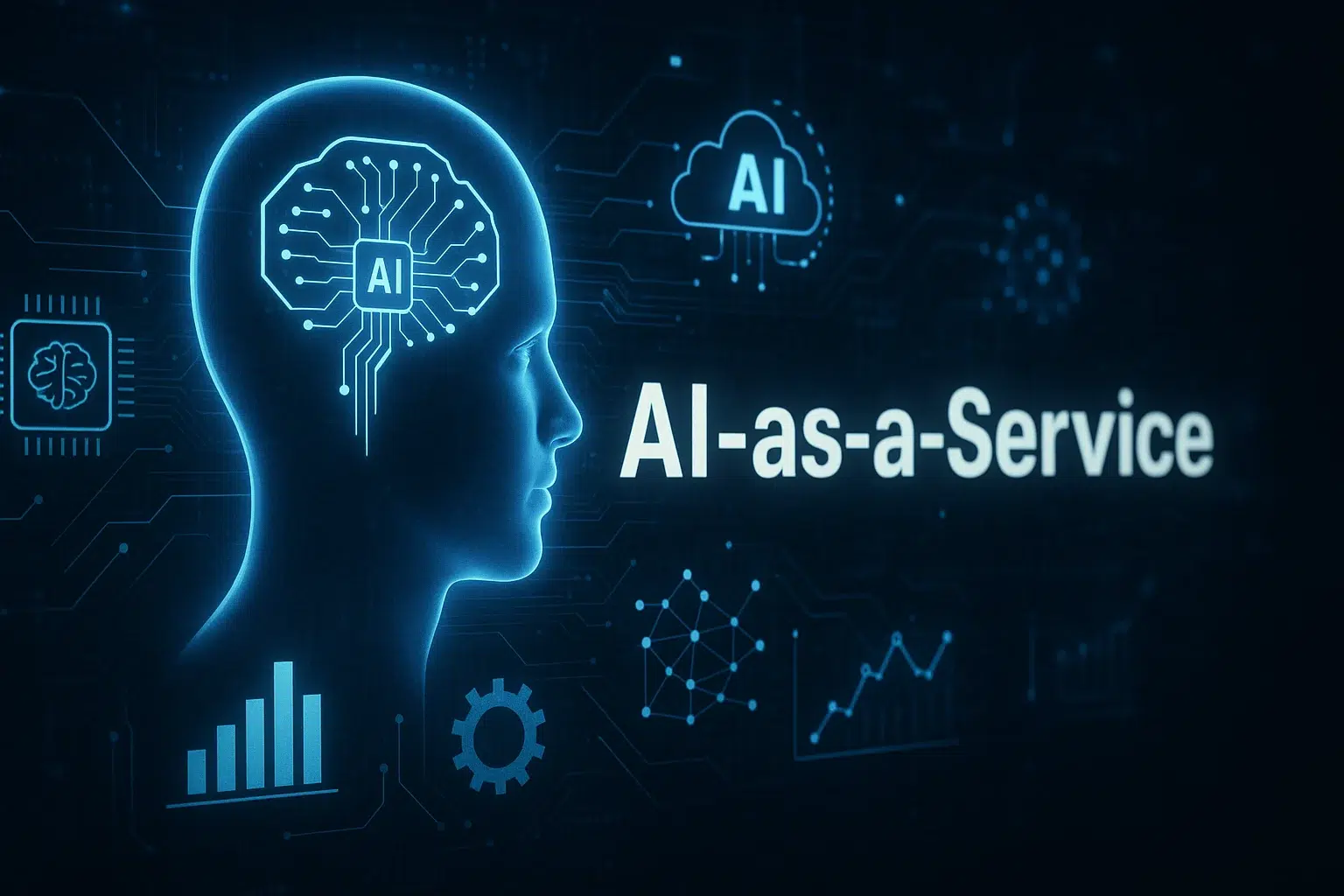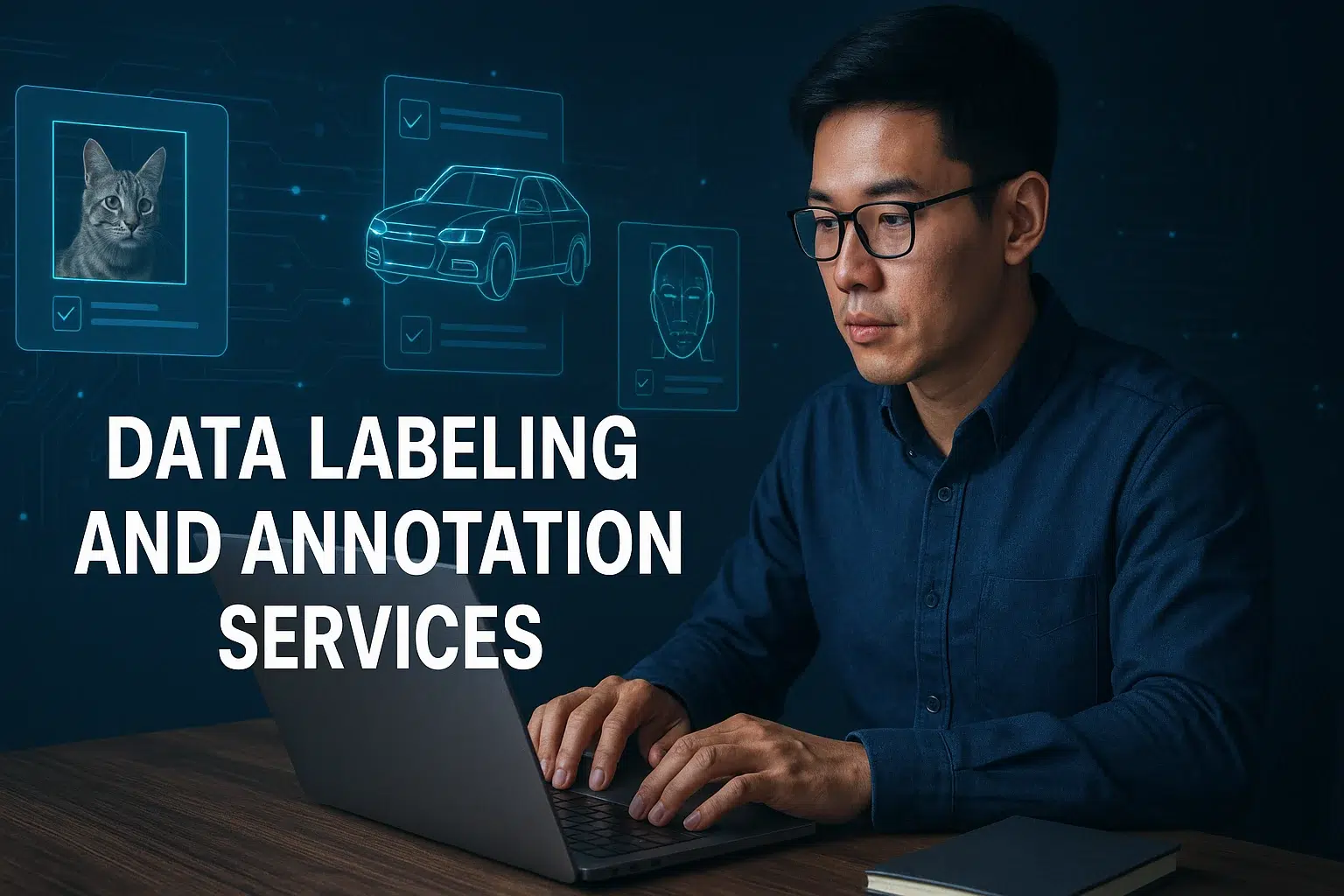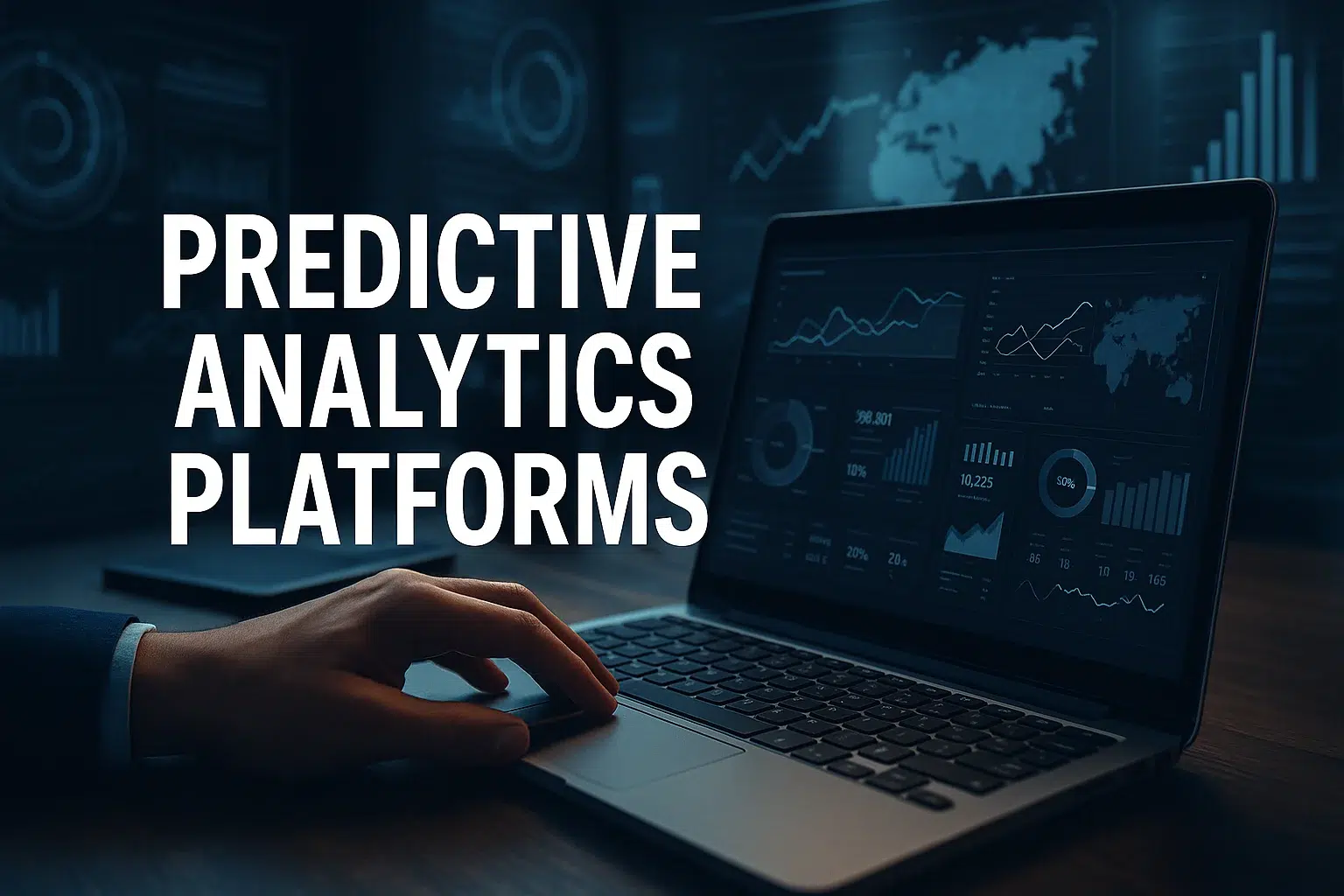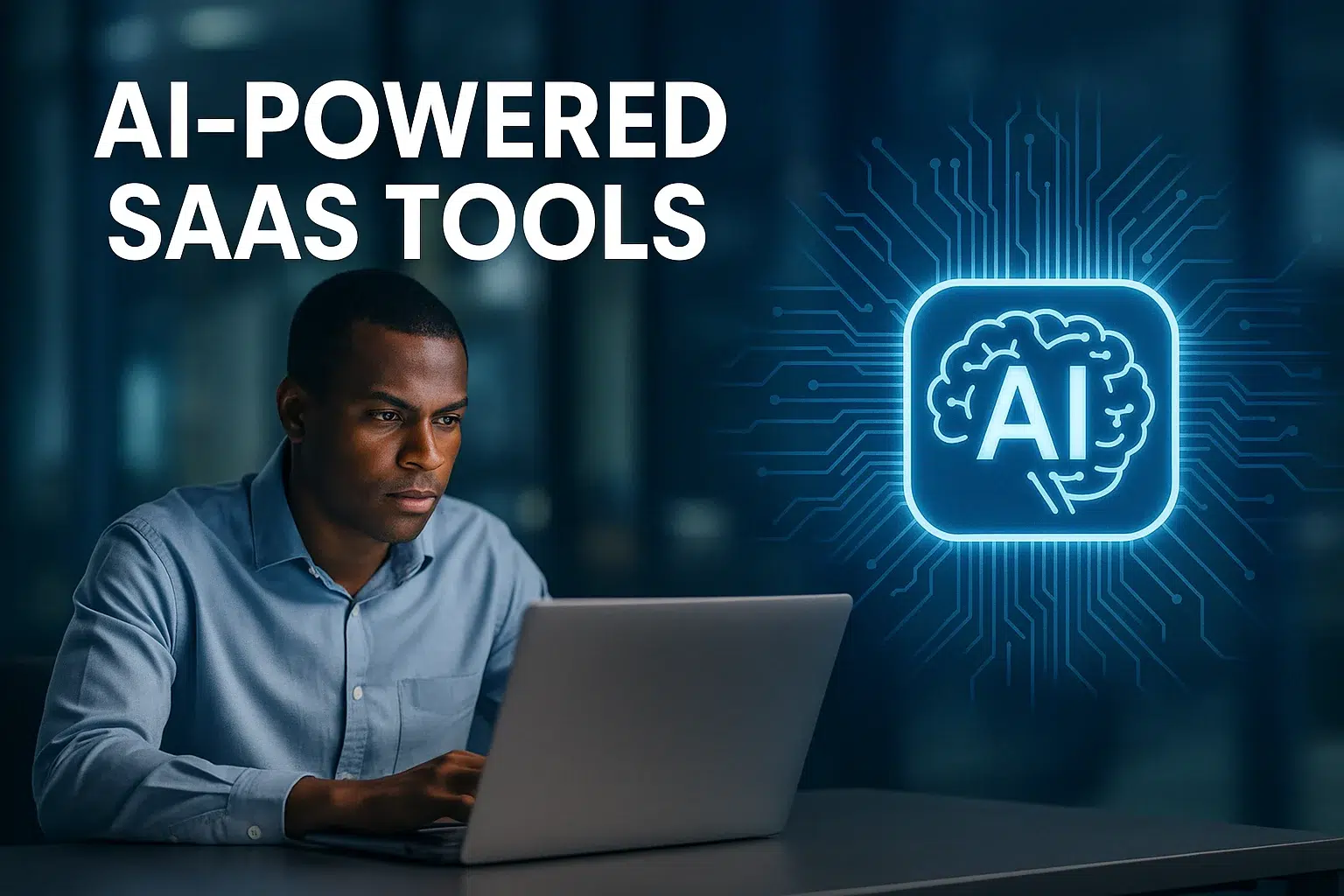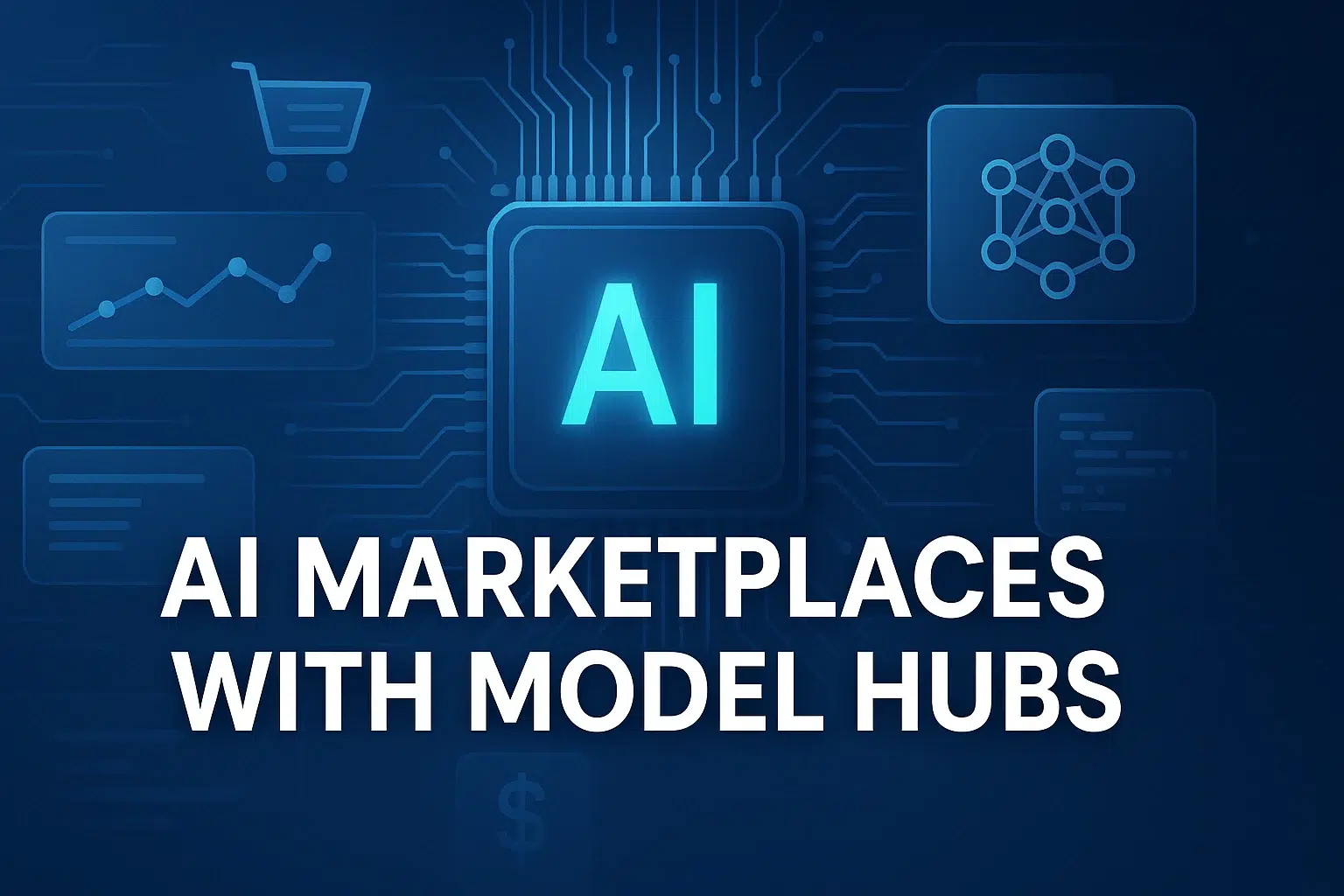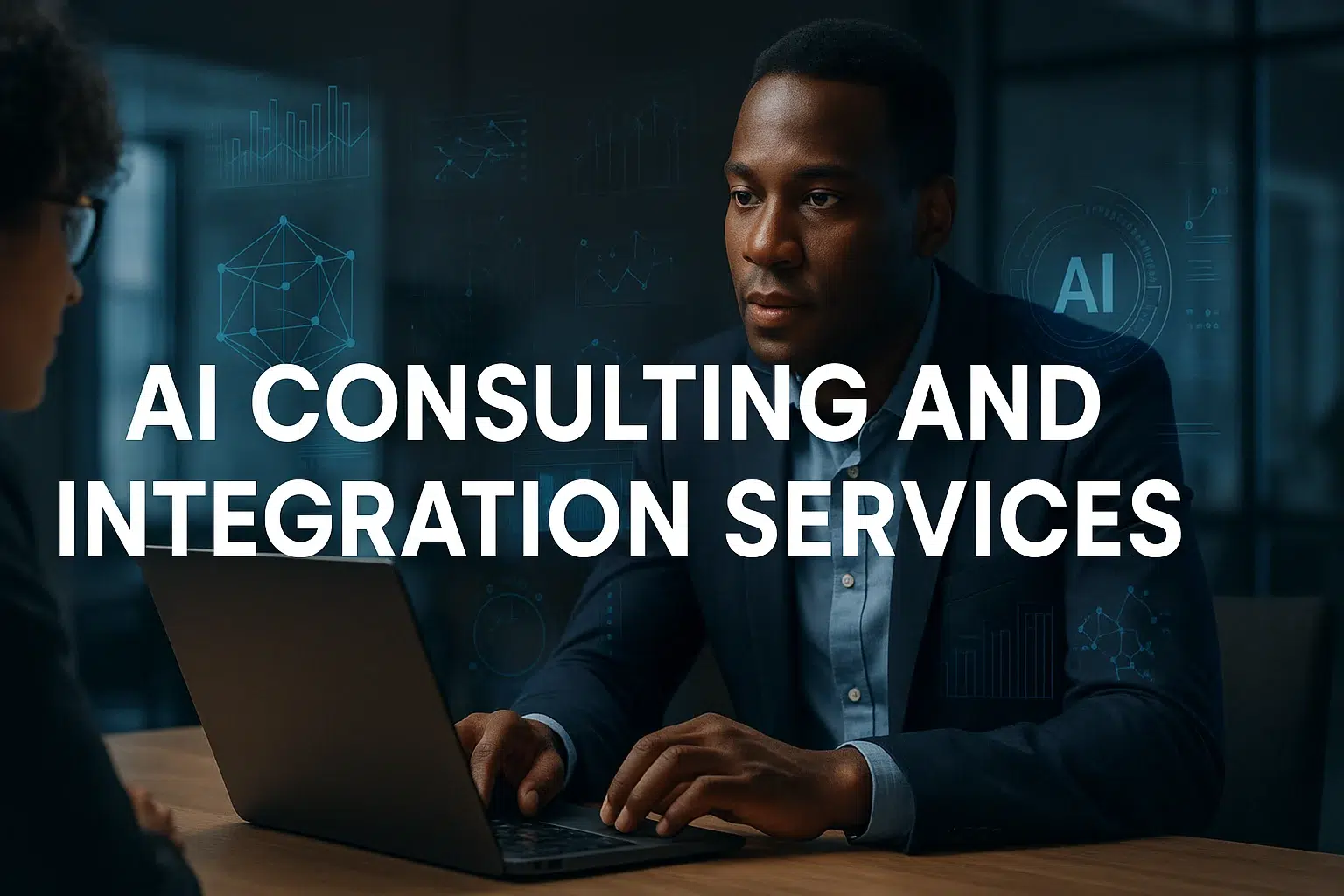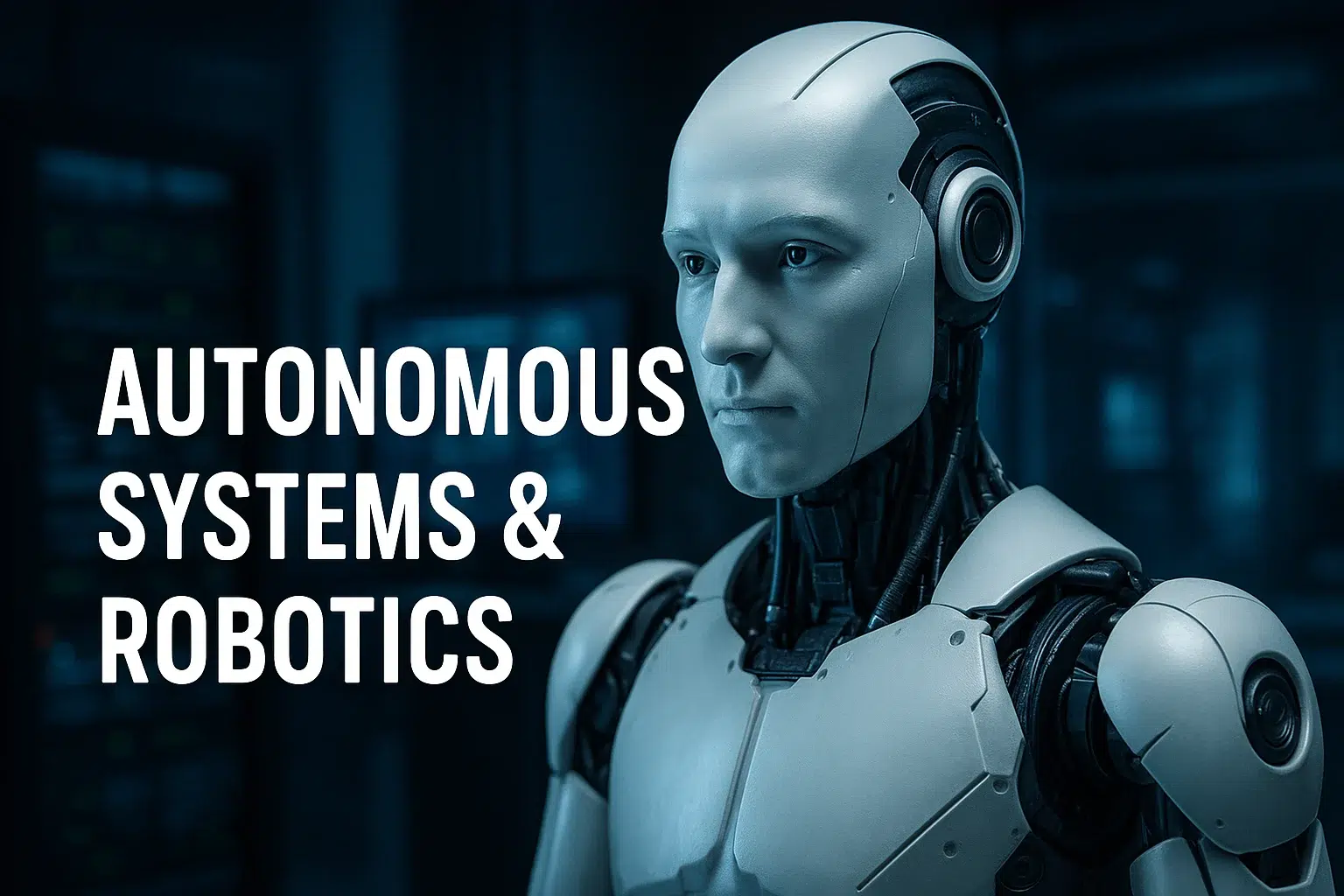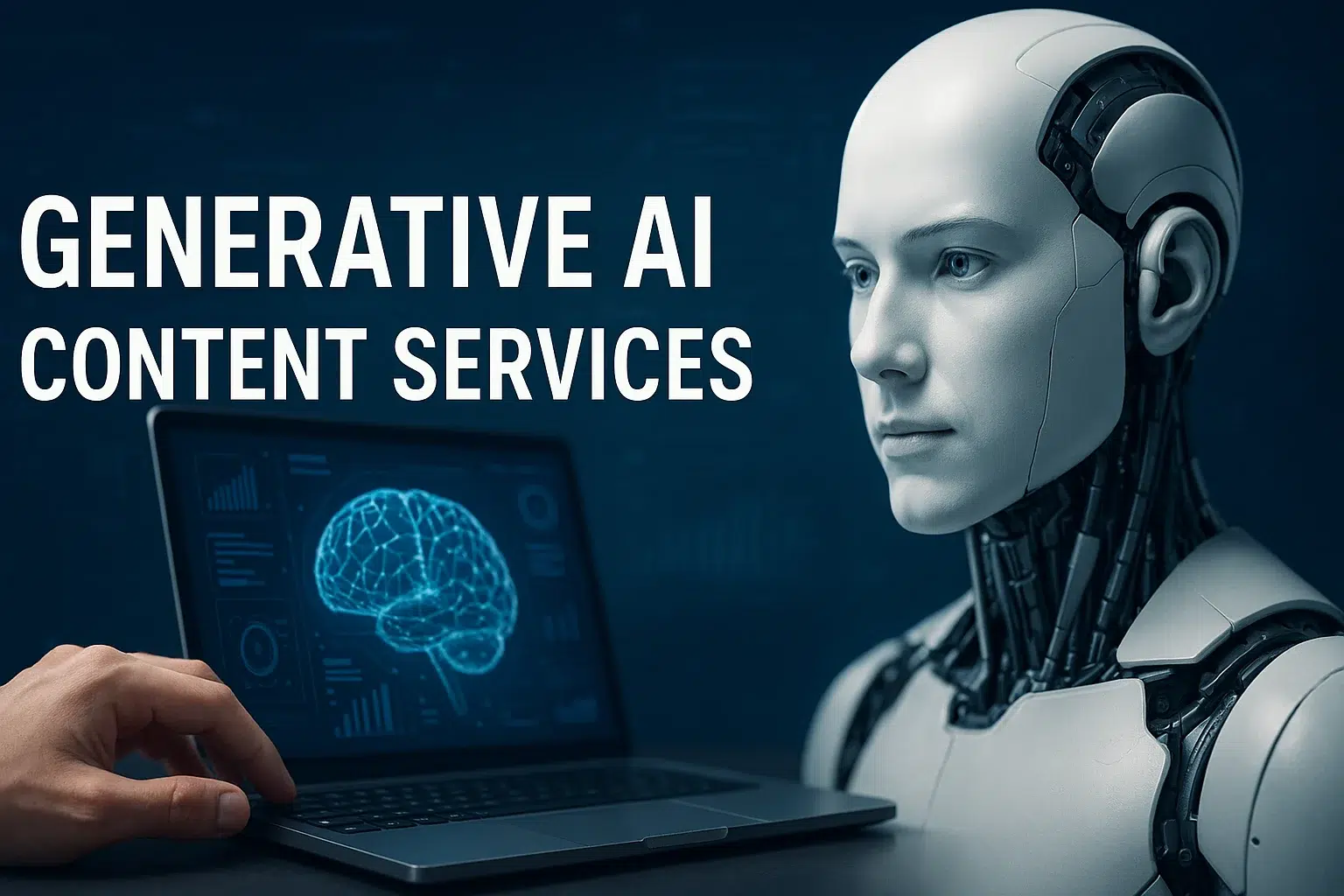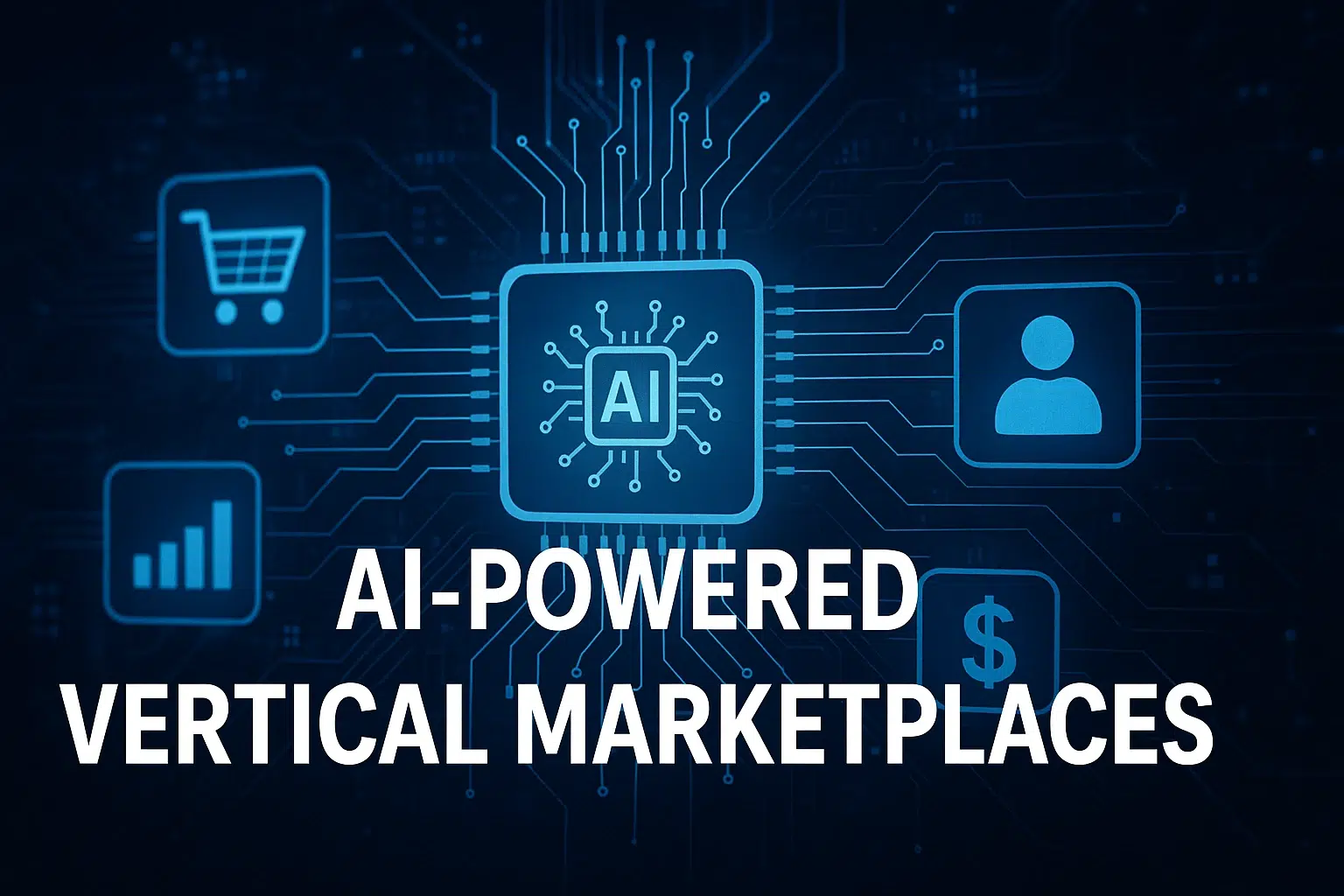Did you know that 91% of small-and medium-sized businesses (SMBs) using AI report that it directly boosts their revenue, while 87% say it helps them scale operations faster than competitors relying on manual processes? Source: Sme Scale. Globally, roughly 78% of SMBs now use AI in at least one business function, showing rapid growth in adoption. Source: Useaiforengineers
Undoubtedly! Artificial Intelligence, powered by professional AI development services, has become a foundational driver for every modern business. Keeping the aspects of 2025 in concern, different AI business models significantly transform the way companies operate, serve customers, and generate revenue.
Moreover, these AI business models are continuously reshaping industries across the board, from predictive analytics to autonomous agents.
Now, understanding AI for business models is highly crucial to adding futuristic aspects to operations and attaining a competitive edge.
What are the 10 Major AI Business Models in 2025?
In 2025, AI is used in many ways to help businesses grow. Here are 10 major AI business models you should know.
1. AI-as-a-Service
AI used to be something only big tech companies could afford. Not anymore. With AI-as-a-Service (AIaaS), which is part of today’s growing AI automation business models, businesses can now subscribe just like they do for Netflix—monthly, yearly, or even pay-as-you-go. There’s no need for a huge upfront cost; you simply pay for what you use. And who benefits most? Companies with limited AI expertise that need automation and intelligence. It makes enterprise-grade AI accessible, affordable, and ready to use.
So, what does this really unlock? For startups and mid-level businesses, AIaaS is like having an unfair advantage. You can roll out customer support chatbots that never sleep, deploy fraud detection systems that sniff out risks in real time, or even tap into predictive analytics to anticipate customer needs before they say a word.
Here’s why it works: no servers to buy, no infrastructure headaches, no long tech projects that drag on forever. Everything runs in the cloud. It’s a perfect fit for SaaS-driven businesses that thrive on speed and agility.
2. Data Labeling and Annotation
Every AI breakthrough, which is self-driving cars, healthcare diagnostics, fraud detection has labeled data. Without it, AI is just guessing. With it, models become specific. Data Labeling and annotation services make that possible, delivering high-quality, domain-specific data that powers the entire AI pipeline.
And who’s this really for? Companies that are building or training AI but don’t have the in-house capacity to manage large volumes of raw data. It’s especially valuable for service providers and industries like healthcare and finance, where accuracy and compliance are essential.
Here’s why it works: project-based contracts or per-label pricing keep costs predictable, while low-code and no-code tools make scaling seamless. In regulated industries where precision matters most, demand for expert labeling is only growing. Data labeling is the foundation that keeps AI reliable, scalable, and ready for what’s next.
3. Predictive Analytics Platforms
Predicting customer behavior, anticipating product demand, or forecasting financial outcomes, where all these are simply predictive analytics at work. These platforms use machine learning algorithms to turn raw data into complete, actionable reports. Because of which businesses can plan ahead with confidence.
And who’s this really for? Organizations that already have big data pipelines in place and want to enhance their decision-making speed. It’s a natural fit for companies eager to move faster, with insights.
So, what does this really unlock? Retail brands use predictive analytics to optimize inventory and marketing campaigns, cutting waste and boosting ROI. Financial teams use it to forecast outcomes with greater accuracy, reducing risk. In every case, it’s about making smarter moves before the competition even sees what’s coming. Here’s why it works: predictive analytics delivers measurable ROI, works across industries, and powers real-time decision-making.
4. AI-Powered SaaS Tools
Software runs businesses. But when that software is powered by AI, it completely transforms them. AI-Powered SaaS tools combine intelligence directly into everyday workflows like CRM, HR, and finance. The result is automation. And that saves time.
It offers the founders and businesses what they want to modernize traditional processes without the complexity of building AI from the beginning. It’s a way to deliver AI-driven value in tools that employees already use and adopt quickly.
So, what does this make possible? It’s the fastest way to combine intelligence into business software and it works because SaaS licensing with tiered pricing keeps costs flexible, higher user adoption makes onboarding easy, and AI application development becomes possible without heavy technical overhead. It’s the simplest way to get results that matter.
5. AI Marketplaces with Model Hubs
I know you will agree when I say that building AI models from scratch is costly and time-consuming. But AI marketplaces with model hubs solve this by creating platforms. Developers and businesses who can buy, sell, or lease pre-trained AI models, datasets, and APIs. Just plug into ready-made intelligence and move faster
And who’s this really for? Startups and developers that want scalable, validated AI solutions without sinking into development for months. For them, marketplaces act as accelerators—removing barriers and making innovation accessible.
So, what value does this really deliver? A fintech team can purchase a fraud detection model directly from a marketplace and deploy it in weeks instead of building it in-house over months. Beyond saving time and money, marketplaces promote collaboration by turning AI into a community-driven ecosystem.
Here’s why it works: marketplaces reduce development costs, promote reuse of proven solutions, and scale naturally as more contributors join. For AI startups especially, they create not just products but ecosystems—platforms where ideas, models, and business opportunities can grow together.
6. AI Consulting and Integration Services
AI, being an excellent technology, is about strategy, execution, and finding real-world results. AI consulting can help businesses design, implement, and optimize custom AI solutions perfectly to handle unique challenges.
Let’s look at what this practically unlocks. A logistics firm can use AI-driven route optimization to cut delivery times and costs, while financial firms leverage predictive analytics for smarter investments. With expert guidance, businesses don’t just adopt AI—they transform with it.
It offers custom solutions to every deployment that fits perfectly, high margins make it profitable for providers, and long-term client relationships foster trust and continuous improvement. For companies with deep domain expertise, consulting is not just service—it’s the gateway to shaping how AI drives industries forward.
7. Autonomous Systems & Robotics
From delivery drones to self-driving forklifts, autonomous systems combine AI and hardware to automate operations and boost efficiency. And who’s this really for? Companies are ready to integrate AI with IoT and robotics to transform how work gets done.
So, what possibilities does this open? For example, a warehouse can deploy AI-powered robots to manage inventory automatically, reducing errors and speeding up operations. Delivery companies can use drones to cut last-mile costs and improve customer experience.
Here’s why it performs: it delivers tangible operational ROI, is hard to replicate, and hardware-as-a-service models make scaling easier. Autonomous systems turn AI from abstract intelligence into measurable results.
8. Generative AI Content Services
Analyzing and creating with AI does this fast as you can imagine. Finding instant insights, content, and solutions with the help of generative AI has made it so easy to scale production like never before.
And who’s this really for? Agencies, marketers, and creative teams looking to produce high-quality content faster are powered by deep learning, NLP, and computer vision. Its opening possibilities where agencies can generate first drafts of blogs, email campaigns, or even 3D marketing assets in a fraction of the usual time freeing teams to focus on strategy and refinement.
You can see the possible results as it allows mass personalization, creative workflows, and meets the rising demand for AI-generated content seen in tools like ChatGPT and Gemini. Generative AI turns content production from a bottleneck into a growth engine.
9. AI-Powered Vertical Marketplaces
Marketplaces are powerful and when AI is embedded, can you imagine what can that lead to? Expect smarter, faster, and more personalized experiences. AI-Powered vertical marketplaces use machine learning to match buyers with sellers, detect fraud, recommend products, and optimize transactions within a specific industry.
The biggest winners are businesses running sector-specific marketplaces, the ones looking to stand out. Imagine a B2B construction marketplace where AI instantly matches suppliers and buyers based on material specs, location, and pricing. Fraud detection keeps trust intact, and smart recommendations turn every visit into a conversion.
Essentially, AI makes marketplaces not just functional, but intelligent. A vertical focus that blends AI into every operation, makes it impossible for competitors to copy.
10. Federated & Privacy-Preserving AI Platforms
AI is powerful but only if it respects privacy. Federated and privacy-preserving AI platforms let businesses train models collectively while keeping sensitive data decentralized and secure. You can see only the insights flow freely.
Companies in privacy-critical industries, like healthcare, finance, or government, need AI without risking compliance or customer trust. For example, this turns into an opportunity for healthcare provider can build predictive models on patient data without ever moving it from the hospital servers. Insights are shared across institutions while keeping privacy intact. To learn more about how AI is transforming healthcare, check out our blog on 10 benefits of AI in healthcare.
You will see its impact as its fully compliant with GDPR, HIPAA, and global security standards. Opens doors to regulated industries. Edge AI-ready, these platforms allow real-time intelligence at the source. Federated AI turns privacy from a limitation into a strategic advantage.
Conclusion
There is no doubt that artificial intelligence is evolving every day. Today, more than 80% of companies are investing in AI business models. For business owners and decision-makers, choosing the right model is crucial to stay competitive in 2025 and beyond.
The most successful companies will be those that not only adopt AI but also make it part of their core business strategies. From AI application development to scaling with AIaaS, each model offers a valuable opportunity for growth.
